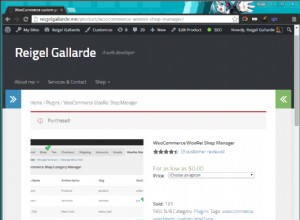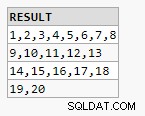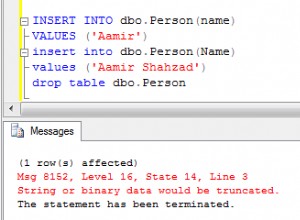create table t ("date" date, "value" int);
insert into t ("date", "value") values
('2011-10-31', 2),
('2011-11-01', 8),
('2011-11-02', 10),
('2012-09-13', 1),
('2012-09-14', 4),
('2012-09-15', 5),
('2012-09-16', 20),
('2012-10-30', 10);
Prostsza i tańsza wersja:
select min("date"), max("date"), sum(value)
from (
select
"date", value,
"date" - (dense_rank() over(order by "date"))::int g
from t
) s
group by s.g
order by 1
Moja pierwsza próba była bardziej złożona i kosztowna:
create temporary sequence s;
select min("date"), max("date"), sum(value)
from (
select
"date", value, d,
case
when lag("date", 1, null) over(order by s.d) is null and "date" is not null
then nextval('s')
when lag("date", 1, null) over(order by s.d) is not null and "date" is not null
then lastval()
else 0
end g
from
t
right join
generate_series(
(select min("date") from t)::date,
(select max("date") from t)::date + 1,
'1 day'
) s(d) on s.d::date = t."date"
) q
where g != 0
group by g
order by 1
;
drop sequence s;
Wynik:
min | max | sum
------------+------------+-----
2011-10-31 | 2011-11-02 | 20
2012-09-13 | 2012-09-16 | 30
2012-10-30 | 2012-10-30 | 10
(3 rows)




